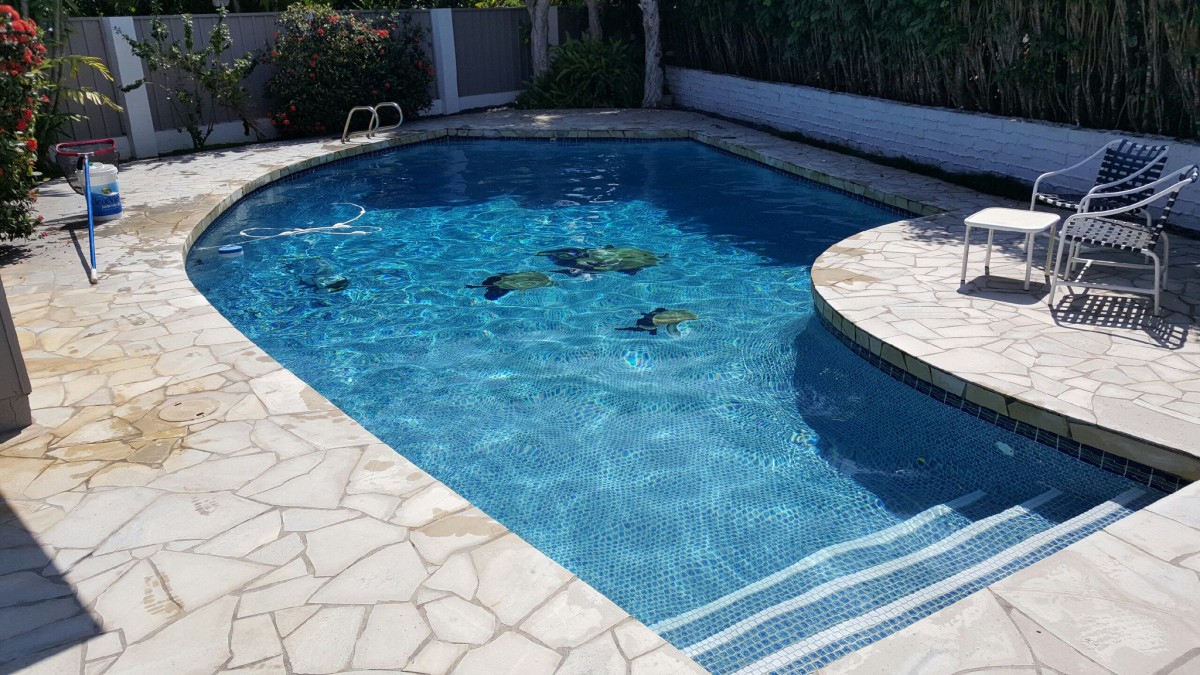It is extremely important to secure your pool from toddlers for several reasons. First and foremost, drowning is one of the leading causes of accidental death for children under the age of five. According to the Centers for Disease Control and Prevention, approximately ten people, including children, die from drowning every day in the United States. In addition, for every child who dies from drowning, another five receive emergency department care for nonfatal submersion injuries.
One of the most effective ways to prevent drowning in young children is to physically secure the pool area with a fence or other barrier. This can include a pool cover, which can be used when the pool is not in use, or a pool alarm, which will sound if a child enters the water. Additionally, it is important to have a pool gate that is self-closing and self-latching, and to keep the gate locked at all times.
It is also important to teach your toddlers how to swim at an early age. Swimming lessons can provide children with the skills and knowledge they need to stay safe in and around the water. Many children are able to start swimming lessons as early as six months of age, and most are able to start formal swimming lessons by the time they are three years old.
In addition to teaching children how to swim, it is also important to teach them about water safety. This can include educating them about the dangers of diving in shallow water, not going near the pool without adult supervision, and not running around the pool area.
Overall, securing your pool from toddlers and teaching them how to swim at an early age are essential steps in preventing drowning accidents. By taking these precautions, you can help ensure that your children are safe and that they can enjoy the pool in a safe and responsible manner.
It is also important to note that pool safety is not just limited to children, adult supervision is also important for all ages. A lifeguard should be present during parties or when multiple children are in the pool, and CPR and first aid training should be considered for all adult members of the household.
In addition to physical and educational precautions, it is also important to have a safety plan in place in case of an emergency. This includes knowing where the nearest phone is, having emergency numbers posted near the pool, and having a life saving equipment nearby.
In conclusion, pool safety is a serious matter and taking the necessary precautions such as securing the pool, teaching children to swim and educating them about water safety, adult supervision, CPR and first aid training, and having a safety plan in place can greatly reduce the risk of drowning accidents. It is important to make pool safety a priority in order to keep children and adults safe while enjoying the pool.
